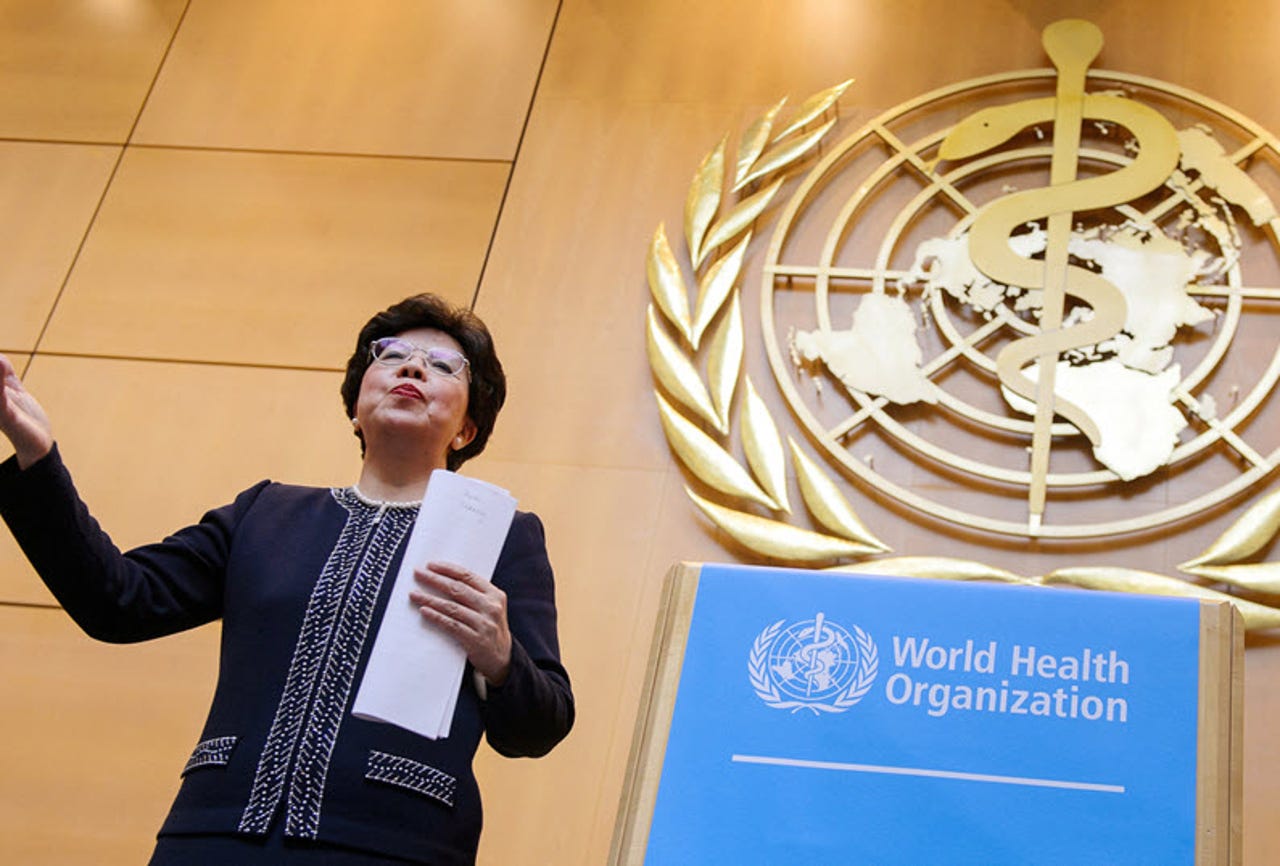CIO view: Inside the World Health Organization


Photo from NPR
The World Health Organization was founded in 1948 as a part of the United Nations. WHO works within the UN system in these focus areas:
- Health systems
- Promoting health through the life-course
- Noncommunicable diseases
- Communicable diseases
- Corporate services
- Preparedness, surveillance, and response
I spoke with WHO's Chief Information Officer, Marc Touitou as part of the CXOTALK series of interviews with innovative leaders who are shaping our modern world.
During that conversation, Marc explained his priorities as CIO inside WHO. Among his key activities are serving as a change agent, helping shape processes and expectations about how technology can support the core mission of WHO. Touitou explains:
We are a complex organization with different regions and different needs, but we have to identify the things that bring us together, When you face a Grade 3 emergency, your corporate processes have to allow you to find the right people, find the right skills, and the roster of skills. Recruit, onboard, dispatch, manage, bring back and do again. If this sounds like it's trivial, it's not. Same thing with managing your supplies, your vaccines, your boots, your gallons of disinfectant. You need to start there for an emergency.
WHO created a visual, global command center as an important part of its technology infrastructure. The United Nations recommends such a command center in a 2016 report called, "Protecting Humanity from Future Health Crises." According to The Guardian:
The center "must have real command and control capacity," says the report, and it should have the best technology available to identify, track and respond to an emerging threat.
The command center helps WHO manage disease outbreaks around the world by bringing in data feeds from what Touitou calls "natural partners."
These partners are organizations with which WHO collaborates along with suppliers and contributors to relief efforts. Ideally, every relevant player contributes a feed into the command center:
I want to see all my warehouses worldwide. I want to see how many of that item I have left there, and superimpose all the water points here, and tell me how many medical centers I have in a radius of 25 miles, or tell me, what helmets are here. You have the streams from the media center, and you have the maps that you can superimpose, you've got all the infrastructure information that you need at your fingertips in near real time.
Although no one today has such a complete command center, WHO is actively working toward this goal. It's a challenging environment because it's ultimately centered on rapid response to outbreaks of disease such Ebola or Zika.
The video embedded above presents a rare glimpse inside the World Health Organization. You can also watch the complete 45-minute conversation and read a full transcript.
This conversation was pulled from episode 197 of CXOTALK, which offers an extensive library of executive interviews on digital disruption.
CXOTALK offers in-depth conversations with people shaping technology and the world. Please see the list of upcoming episodes.